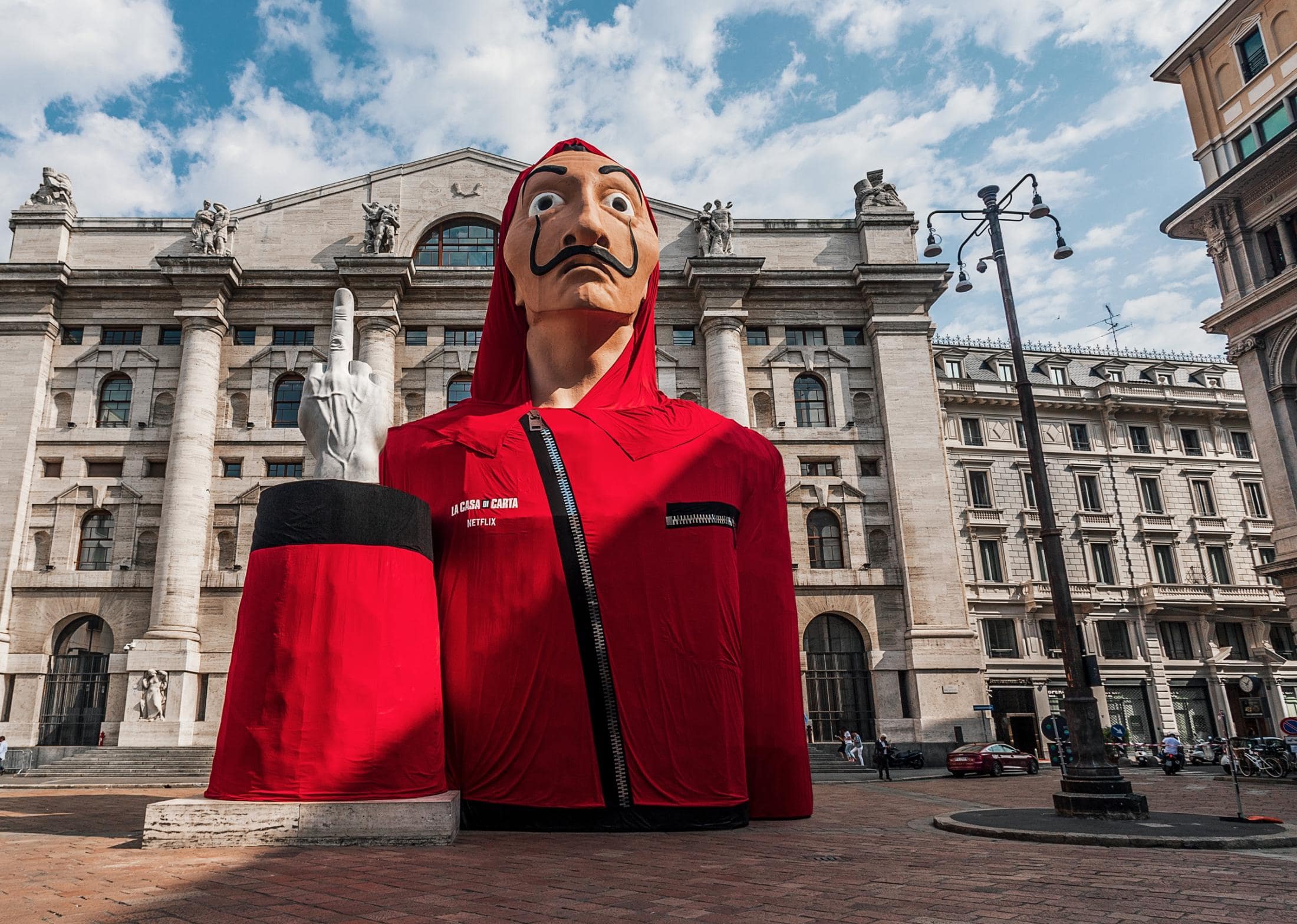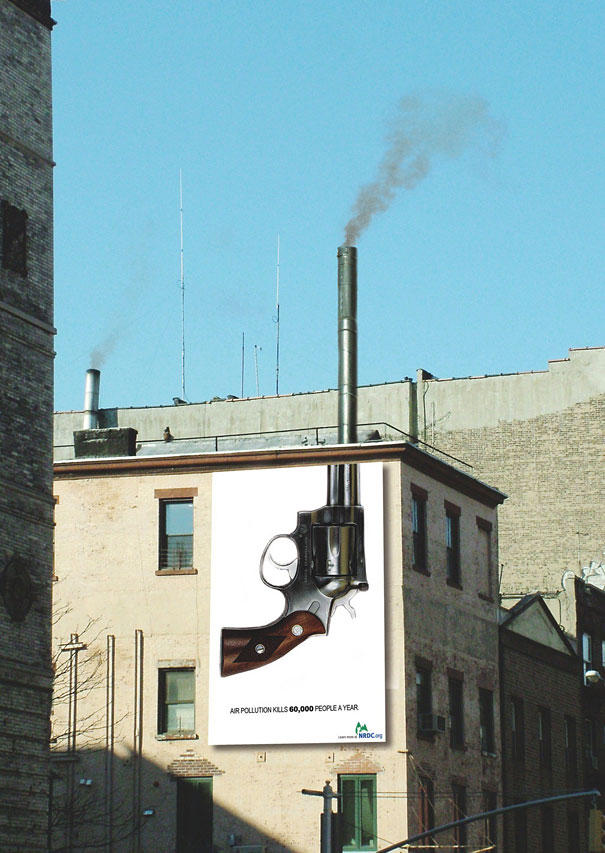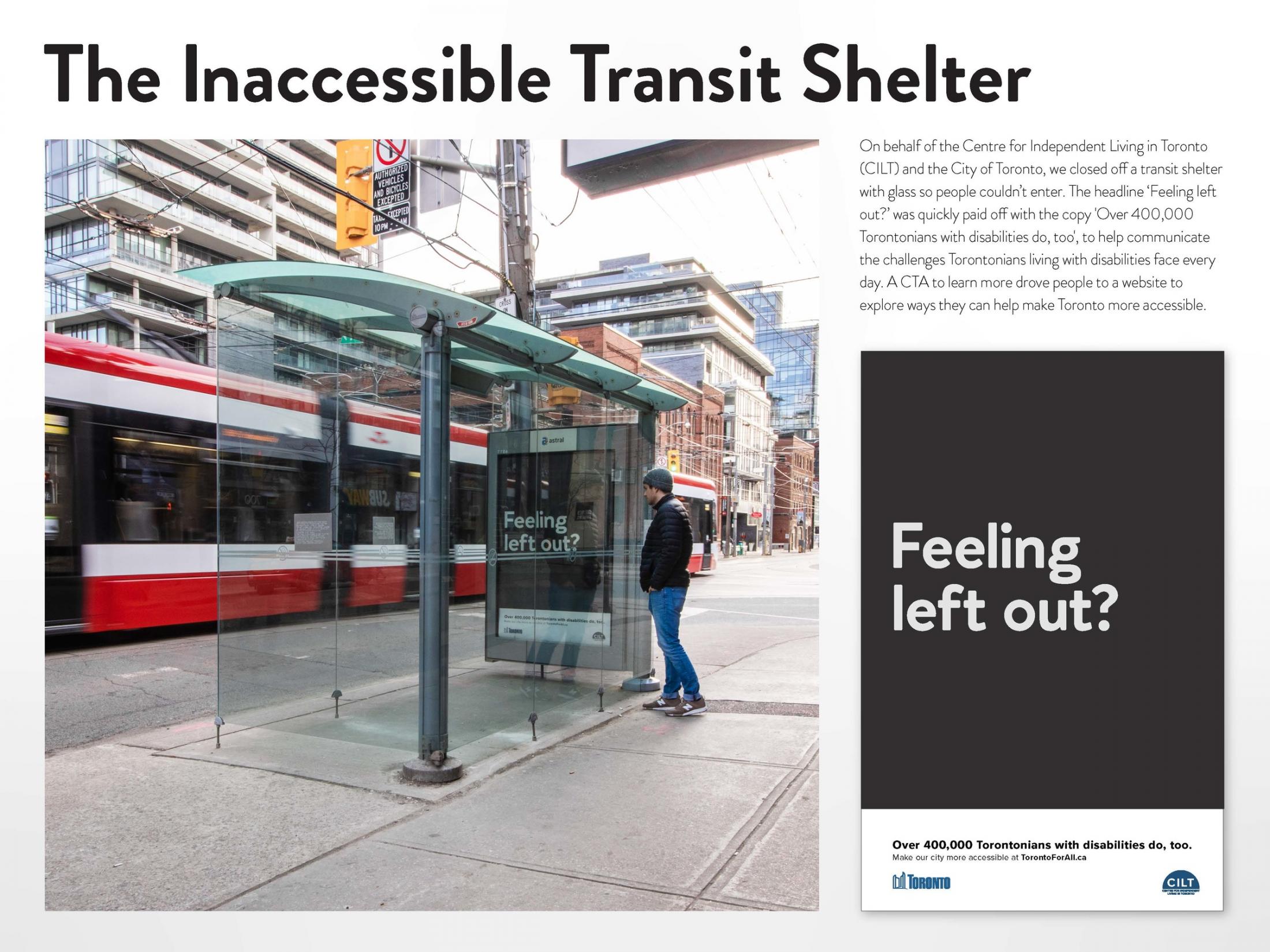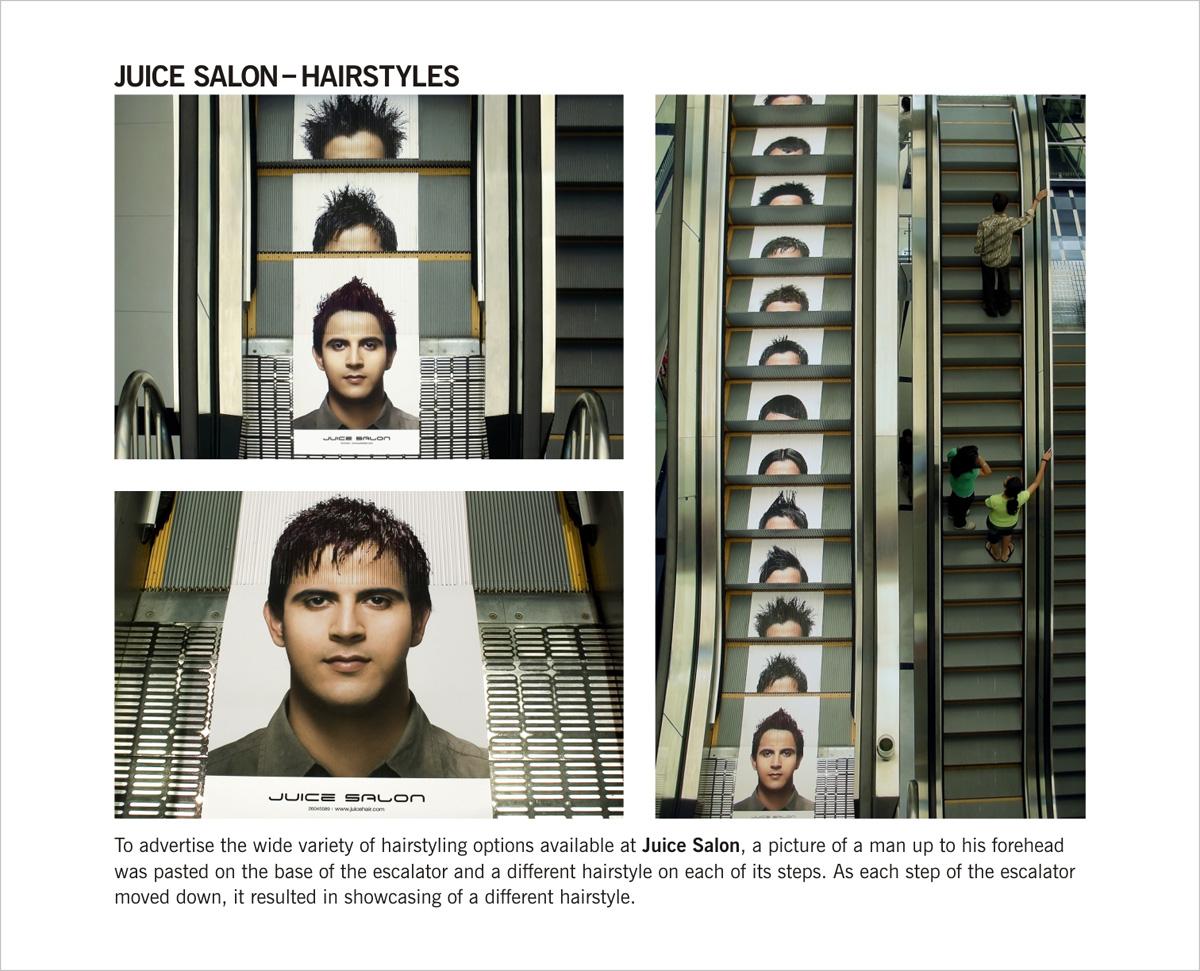Say goodbye to billboards – ambient advertising is here to take the throne

Our surroundings are a breeding ground for out-of-the-box thinking. They are the canvas upon which creatives paint their imagination. For instance, to a layman, a brook is nothing more than a body of water, but to Alfred Lord Tennyson, it was a poem. Even though it is true that traditional forms of advertising exist inside a well-known framework, there has been an influx of new disciplines within this creative pursuit that achieve their goal by defying conventions. One such form of advertising is ambient advertising. By definition itself, any form of advertising that exists in a medium where it is not expected to be can be termed ambient advertising.
In some of the most innovative displays of this advertising style, creatives have materialized their vision by attaching their ads onto everyday objects. For instance, IBM’s Smart Ideas for Smart Cities campaign turned a public bench into a poster. In yet another example of ambient advertising, an Indian ad agency turned escalator-steps into pages of a hairstyle catalog for a hair salon’s marketing campaign. Another offbeat advertisement of the same category advocated the dangers of air pollution on the walls of an industrial building with a smokestack.
Such advertisements work by catching their target audience off-guard, thereby grasping a bigger portion of their attention compared to traditional marketing campaigns.
Here are some concrete examples of the decade’s best ambient advertising:-
Netflix gave a body to Italy’s most iconic middle finger
La Casa de Papel tells the stories of modern-era Robin Hoods specialized in taking over symbols of financial power. To celebrate the launch of the third part of the show, Netflix did just the same.
Two days before the official launch, Milan woke up to discover that the statue of a 15mt high, red-hooded thief had taken over Piazza Affari: the seat of Italian financial power. It did so by turning the giant middle finger created by visionary artist Maurizio Cattelan, placed right in front of the Italian stock exchange, into its hand.
The night before the launch, the takeover of Piazza Affari was completed with a public premiere screening of the first two episodes of the third part, surprising more than 5000 enthusiastic fans gathered in front of the statue.
During the whole official launch period, from the 18th and to the 22nd of July, more than 57.3K posts have been published, generating over 1.6 million interactions.
NRDC.org: Air Pollution Kills 60,000 People a Year
IBM – Smart Ideas for Smarter Cities
The Inaccessible Transit Shelter
We made a transit shelter completely inaccessible by closing it off with glass. The headline ‘Feeling Left out?’ was quickly paid off with the copy “Over 400,000 Torontonians living with disabilities do, too.’
Juice Salon – Escalator
Nike | Giannis Antetokounmpo: Mt. Olympus
McHive – The World’s Smallest McDonald’s
Some of McDonald’s restaurants in Sweden have beehives on their rooftops. The initiative started locally but is now growing. More franchises around the country are joining the cause and have also started replacing the grass around their restaurants with flowers and plants that are important for the wellbeing of wild bees. To celebrate the initiative, which is part of McDonald’s Swedens sustainability work, we created what could be the world’s smallest McDonald’s – a fully functioning beehive.
Charicycles – Stories In The Sand
At Charicycles, they believe that everyone should have access to a healthier life through cycling. And more importantly, access to do so in a safe way. Their new initiative, Stories in the Sand is a step in that direction.
Tags:
Netflix, La Casa de Papel, Publicis, Italy, ambient advertising, Canada, Public Interest, NGO, Centre for Independent Living, The City of Toronto, Netherlands, Sports, Nike, Wieden + Kennedy, Sweden, Food, McDonald’s, DDB, Charicycles, Wunderman, Stories In The Sand, IBM, Ogilvy, France


